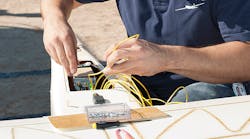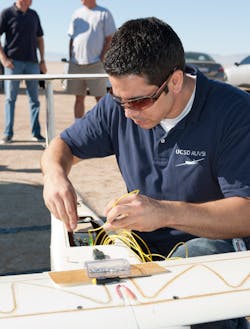NASA’s National Space Grant and Fellowship Programs issued 35 awards, totaling more than $17.3 million, to winning proposals that focused on greater science, technology, engineering, and mathematics (STEM) awareness in community colleges and technical schools. Specifically, the winners outlined ways to attract and retain more students in STEM curricula, develop stronger collaborations to increase student access to NASA, and increase the number of students who advance on to bachelor’s degrees.
Award winners included the California Space Grant Consortium, which proposed enhancing STEM preparation at 12 state community colleges to improve opportunities for approximately 300 students that transfer into the California State University system. Enhancements to the curriculum consist of near-space ballooning, small satellites, autonomous ground robots, wearable sensor vests for sports and health monitoring, and programmable microcomputer programs.
The Colorado Space Grant Consortium proposed adding four community college campuses as affiliates to its consortium. Students and faculty members from those institutions would participate in STEM activities by designing, building, and launching high-altitude balloon payloads. The students would also have the opportunity to compete for scholarships and internships, as well as participate in various NASA workshops.
The North Carolina Space Grant Consortium proposed offering competitive STEM scholarships at the community-college level to attract and retain students through graduation and possibly enroll in four-year universities. They also plan to offer a team design challenge and competition, featuring NASA content, for faculty and students across the state to increase exposure to STEM education.
Other winning consortiums include Space Grant Consortiums from West Virginia, Massachusetts, Washington, New Jersey, New York, South Dakota, Utah, New Mexico, Texas, Virginia, Oklahoma, Vermont, Minnesota, Ohio, Florida, Maine, Nevada, Wyoming, Louisiana, Kentucky, Arizona, Mississippi, Tennessee, Alabama, Montana, Hawaii, Georgia, Illinois, Idaho, Oregon, Wisconsin, and Indiana. Each individual award has a two-year performance period and a maximum value of $500,000.

